Black Ice and Stomach Flu: Good Times
Update 3 a.m., Dec. 1: Round 2 of stomach flu arrives.
Update 6 p.m., Dec. 1: Round 3 of stomach flu arrives.
Winter arrived on the South Plains about 10 p.m. last night. Ice began to coat the roads, followed by snow.
The stomach flu arrived at my house about 2:30 a.m. last night. My 8-year-old is extremely sick.
Morning comes. Here are the numbers:
2 -- adults
2 -- jobs
1/2 -- inches of black ice
2 -- inches of snow on top of that
1,000,000 -- little viruses floating around the house
2 -- hours elementary school start is delayed
0.001 -- percent chance university is closed
So then the absurd planning begins. The only thing that would make sense is to stay home and get better. But that was not an option.
Universities do not close. I have been in higher education all but two years since 1991. I had one snow day. At K-State in 2000. The temperature dropped below freezing in the early morning, and a thick coat of ice coated the roads followed by snow that was still falling heavily at 5 a.m. There was no time to clear the roads. It was not safe to get to campus.
But Texas Tech is open today. And we both work there. However, my job is task-based, and my wife's is time-based. So she has to be there. So off she went. I am at home e-mailing and text messaging students (that last paragraph was interrupted three times). I'm getting most of the same work done I would in my office.
The problem is, the southwest is not prepared to handle this weather. In Kansas, Indiana, and Ohio, they would have been treating the roads for hours -- even before the ice began to accumulate. We have known that this weather was coming from Canada for a week. But there's no sand, so salt, and no plows. The roads are abysmal. The first snow came to Lubbock in March last winter, and it was minimal. There is no reason to invest a ton of money in snow removal equipment when it does not even snow every year.
A cell phone update tells me that it took a half hour for my wife to drive 3 miles. Luckily we bought a Jeep in Indiana.
"Sometimes your the bug, and sometimes your the windshield," I say. "They should change 'Murphy's Law' to 'Sam's Law,' " I also say.
Today, we're the bug.





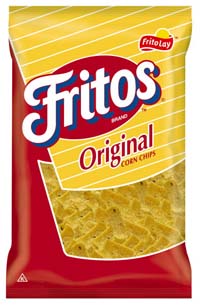
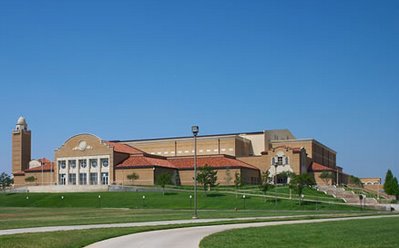

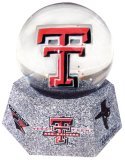


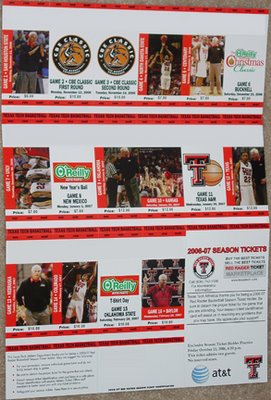


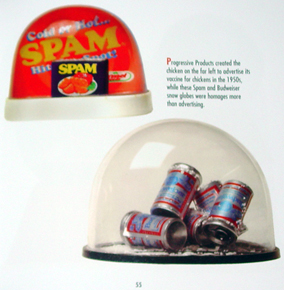
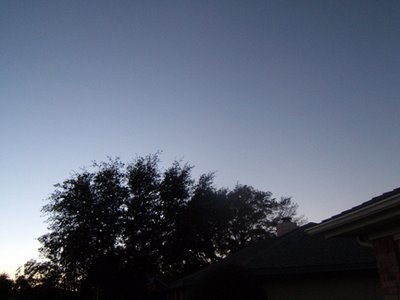
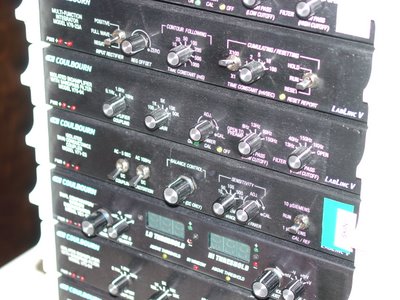


 FOLLOW SAM ON TWITTER
FOLLOW SAM ON TWITTER
 SUBSCRIBE TO THIS FEED
SUBSCRIBE TO THIS FEED
